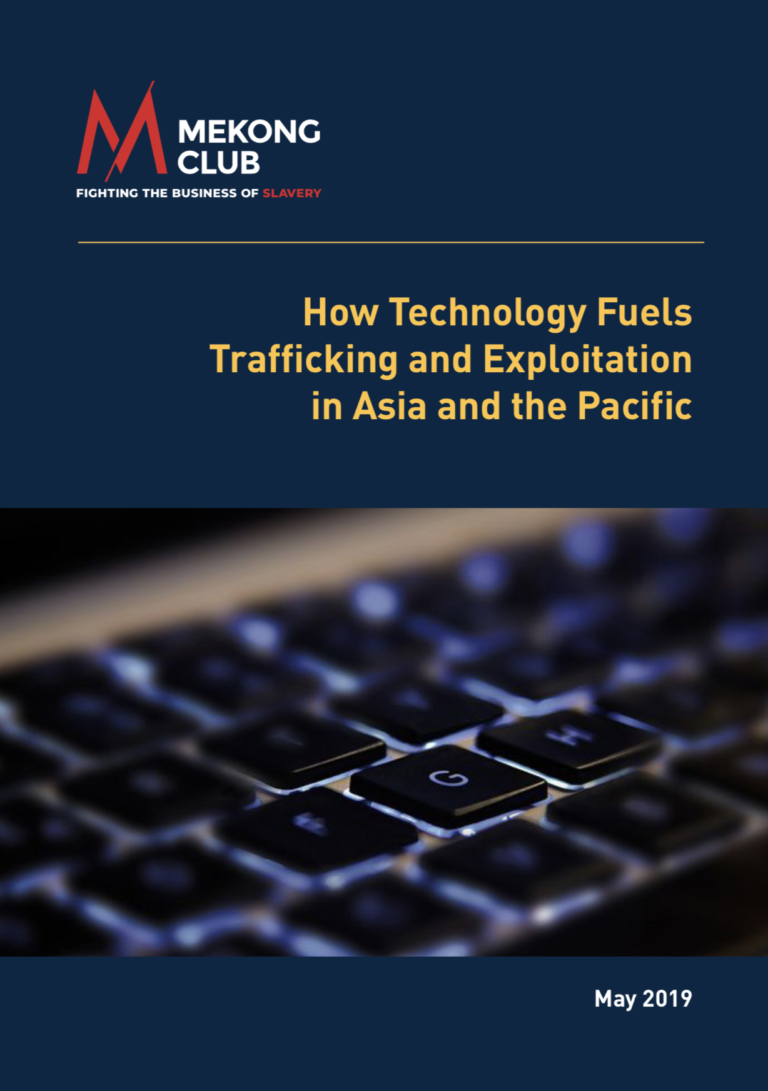The total number of modern slavery victims in the world today is estimated to be 40.3 million. Out of this shocking figure, more than half of the victims – at least 24.9 million – are in Asia and the Pacific. This region has the highest number of victims across all forms of modern slavery, accounting for 73 percent of victims of forced sexual exploitation, 68 percent of those forced to work by state authorities, 64 percent of those in exploitation related to the private economy, and 42 percent of all those in forced marriages. Asia and the Pacific is also an origin of victim trafficking outside of the region. The United Nations Office on Drugs and Crime’s 2018 data tell us that 36 percent of trafficking victims detected outside their region of origin come from Asia and the Pacific. Nine percent of victims from East Asia and the Pacific were detected in Western and Southern Europe and six percent were detected in North Africa and the Middle East.
In recent years, Asia has experienced a rapid dissemination of information communications technologies. While a huge accessibility divide still exists between rural and urban areas, Asia now accounts for half of the total internet usage globally.
It is surprising that having these large internet usage statistics applying to Asian countries, very little is known about how technology can aggravate trafficking flows both nationally and internationally. While several resources on the use of artificial intelligence, smartphone apps and other types of technology being used to address this issue can be found, this white paper’s focus will be to provide insight on the use of technology as a liability. We will describe some of the most common ways technology is used for the purpose of trafficking and exploitation in Asia and the Pacific, along with case studies gathered through academic papers on the subject, investigative media stories, official reports, and original research conducted by the Mekong Club.

